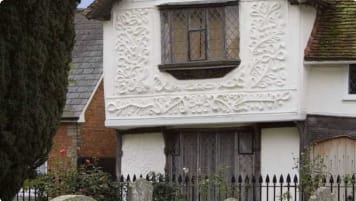History of Ireland for Travellers: The Definitive Guide for Senior Travellers
History of Ireland Ireland (Irish: Éire) is an island carved into two after centuries of subjugation, foreign domination, and various conflicts that lasted until the 20th century. In this post, we will look at the riveting…
26 Jul 19 · 10 mins read
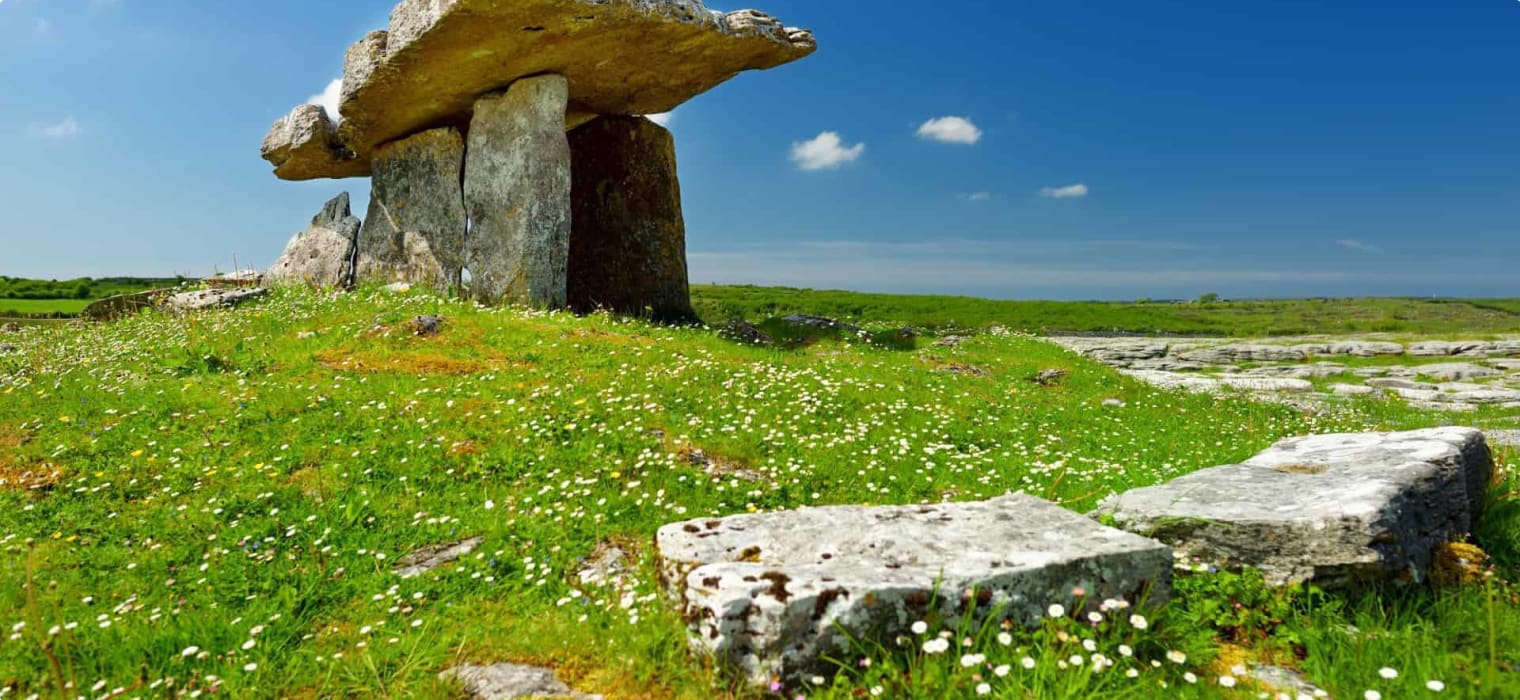
History of Ireland
Ireland (Irish: Éire) is an island carved into two after centuries of subjugation, foreign domination, and various conflicts that lasted until the 20th century. In this post, we will look at the riveting and complex history of Ireland, from its Celtic roots to English rule, through the war of religions, the Great Famine, and the war for independence that gave birth to a sovereign nation and a region united with the British kingdom. Our sources include J.P. Mallory’s The Origins of the Irish (2017, Thames & Hudson) and the many online resources linked throughout this post.
Early Ireland
The earliest settlers of Ireland, probably Mesolithic (late Stone Age) hunter-fishers, lived in relative isolation until 6,000 years ago (Mallory, 2017, p. 288), when communities from Britain introduced farming. Evidence of this society can be seen in remains of long barrows, also found all over Britain: large oval-shaped mounds that can be between 20 and 120 metres long, used as communal burial sites by some of the earliest farmers. Mallory points out that Ireland “was always an active player also exporting goods across the water to both Britain and the [European] continent” and not just a passive recipient of cultures (p. 290).
The Celts, an Indo-European group, settled in Ireland during the Iron Age. The Roman Empire referred to them as “Galli“–“barbarians”–whom they fought in many military campaigns as the Celts travelled and expanded their lands westward.
Early Celtic Ireland was said to have been divided into five independent tuatha or clans, ruled by an elected king:
- Ulster (Ulaidh)
- Meath (Midhe)
- Leinster (Laighin)
- Munster (Mumhain)
- Connaught (Connacht)
Other tuatha emerged in succeeding centuries.

However, there had not been many attempts to find proof of this provincial subdivision in archaeological records (p. 293). One small clue is the root of the Irish word for province (cúigeadh, from coic “five”).
Christianity was introduced around the 5th century. St Patrick, the patron saint of Ireland, was credited with bringing the Roman faith to the region.
After the Romans withdrew from Britain in the 5th century, the Vikings tried to invade Ireland beginning in the 7th century. They managed to found several Irish cities, including Belfast and Dublin, but failed to take over the island. Celtic culture continued to flourish.
Irish kingship is entwined with legends, blurring the line between fact and fiction. The first High King was said to be Sláine mac Dela (“mac” means “son of”), who was said to have ruled all of Ireland after being elected by his brothers.
Historically however, Máel Sechnaill mac Máele Ruanaid (Malachy MacMulrooney) from the Kingdom of Midhe was the first High King, and Ruaidhrí Ó Conchobhair (Roderic O’Connor) from Connacht the last– after which Ireland fell under English rule.
The Beginning of English Rule
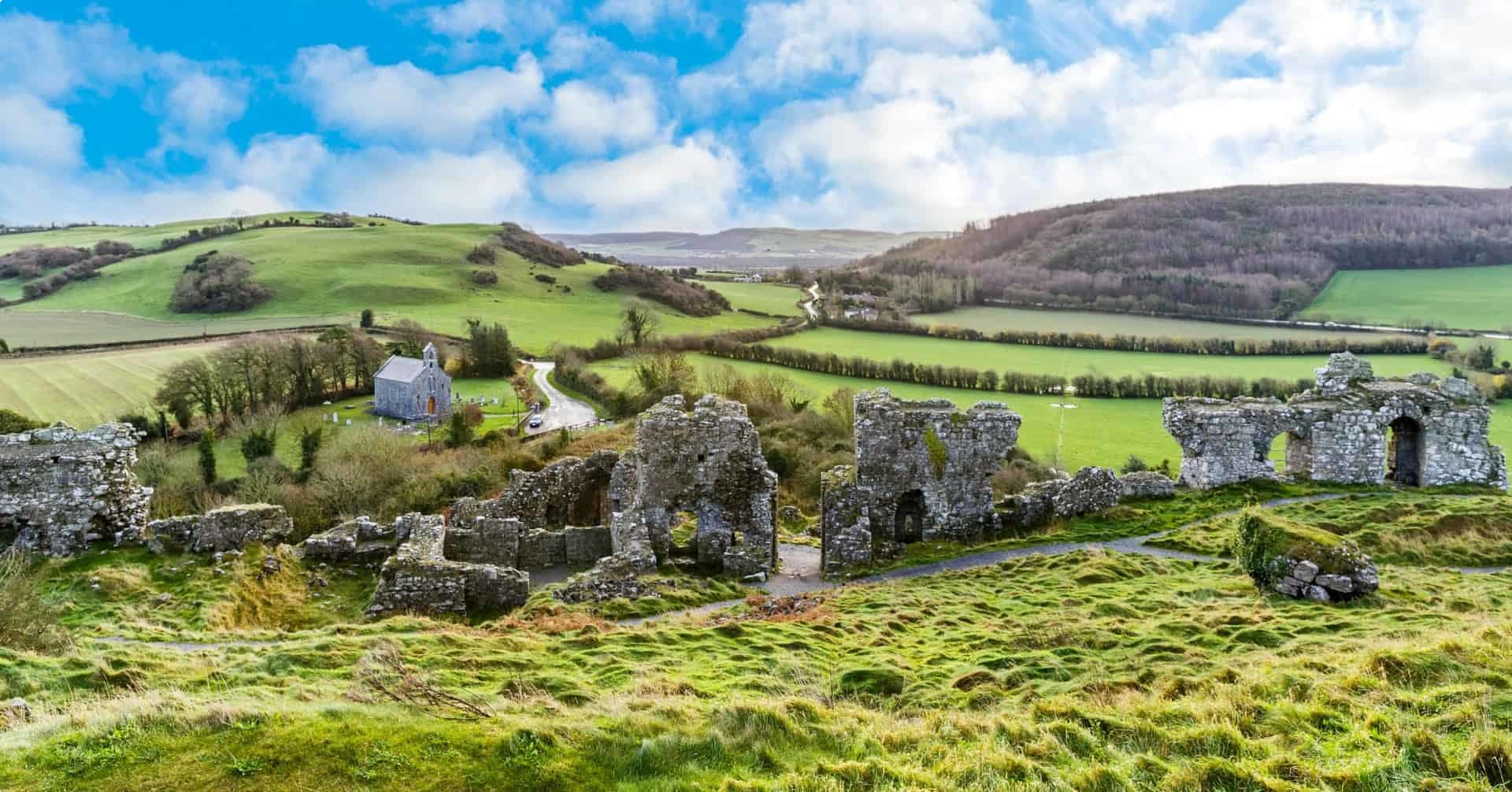
Diarmait Mac Murchada was a 12th century King of Leinster, but he is most remembered now for his treachery by bringing the Normans to Ireland. Diarmait was said to have eloped with (or kidnapped) Derbforgaill, wife of Tigernán Ua Ruairc, King of Breifne, around 1152. Diarmait appealed to the High King of Ireland for redress, and returned Derbforgaill along with her sizeable dowry.
The next (and fatefully the last) High King, Ruaidhrí Ó Conchobhair, deposed and banished Diarmait, who then fled to Britain and Aquitaine. The Anglo-Saxons had already fallen to the Normans in 1066 at the Battle of Hastings, and Diarmait sought help from the Normans to take back his crown.
The Norman leader Richard “Strongbow” de Clare came to his aid after being promised Diarmait’s daughter, Aife. The arrival of Diarmait, Strongbow, and the Norman forces led to the Norman invasion of Ireland beginning in 1170.

Henry II, King of England from 1154, invaded Wales and Ireland. He bestowed Leinster to De Clare and forced the remaining Irish chieftains to submit to him. In 1175, the high king Ruaidhrí accepted Henry II as his overlord. Ruaidhrí was later forced to abdicate his throne in his own province of Connaught.
The Irish Parliament was established in Dublin in the 13th century. The 1366 Statute of Kilkenny listed the following lands as controlled by the English: Louth, Meath, Trim, Dublin, Carlow, Kildare, Kilkenny, Wexford, Waterford, and Tipperary.

Also in the 14th century, the English crown established three new Irish earldoms: Kildare (led by the Leinster Fitzgeralds), Desmond (led by the Munster Fitzgeralds, who had sway in Limerick, Cork, Kerry, and Waterford), and Ormonde (led by the Butlers, who controlled Tipperary and Kilkenny). The earldoms were created ostensibly to assert English control, but it led to the flourishing of Irish culture as the Anglo-Irish, now with more lands and political power, married into native Irish families and adopted their customs.
The earls of Kildare, who were Lords Deputy to the English crown, were in effect the rulers of Ireland until the 16th century.
King of Ireland
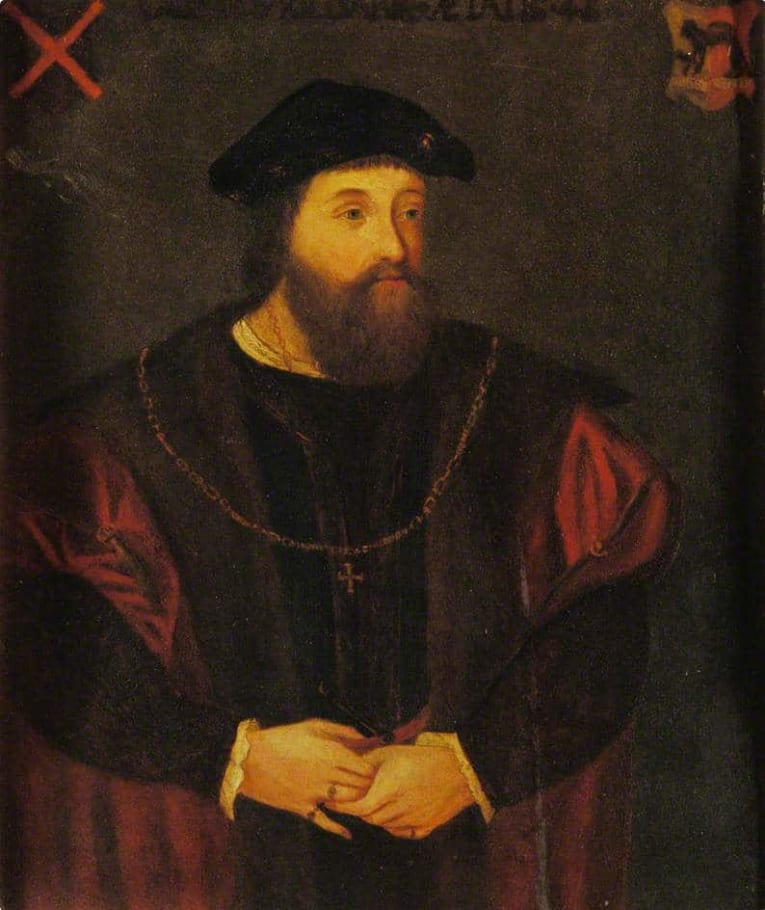
Gerald Fitzgerald (Garret Óg or Young Gerald) was the 9th earl of Kildare and served as Lord Deputy under Henry VIII. In 1534, the same year Henry VIII separated from the Roman Catholic Church, Gerald was called to London to answer to charges of disloyalty.
Rumours reached his son and Vice-Deputy, Thomas Fitzgerald, that he had been executed. Thomas reacted by asserting his allegiance to the Roman pope and leading a rebellion against Henry VIII. The rebellion failed, ending the Fitzgerald dynasty’s political power in the English court. (The rumours that reached Thomas also proved to be untrue–Gerald heard of his son’s failed rebellion and died of natural causes–or, as some say, “of grief“, in the Tower of London.)
In 1541, the Irish Parliament recognised Henry VIII as “King of Ireland”.
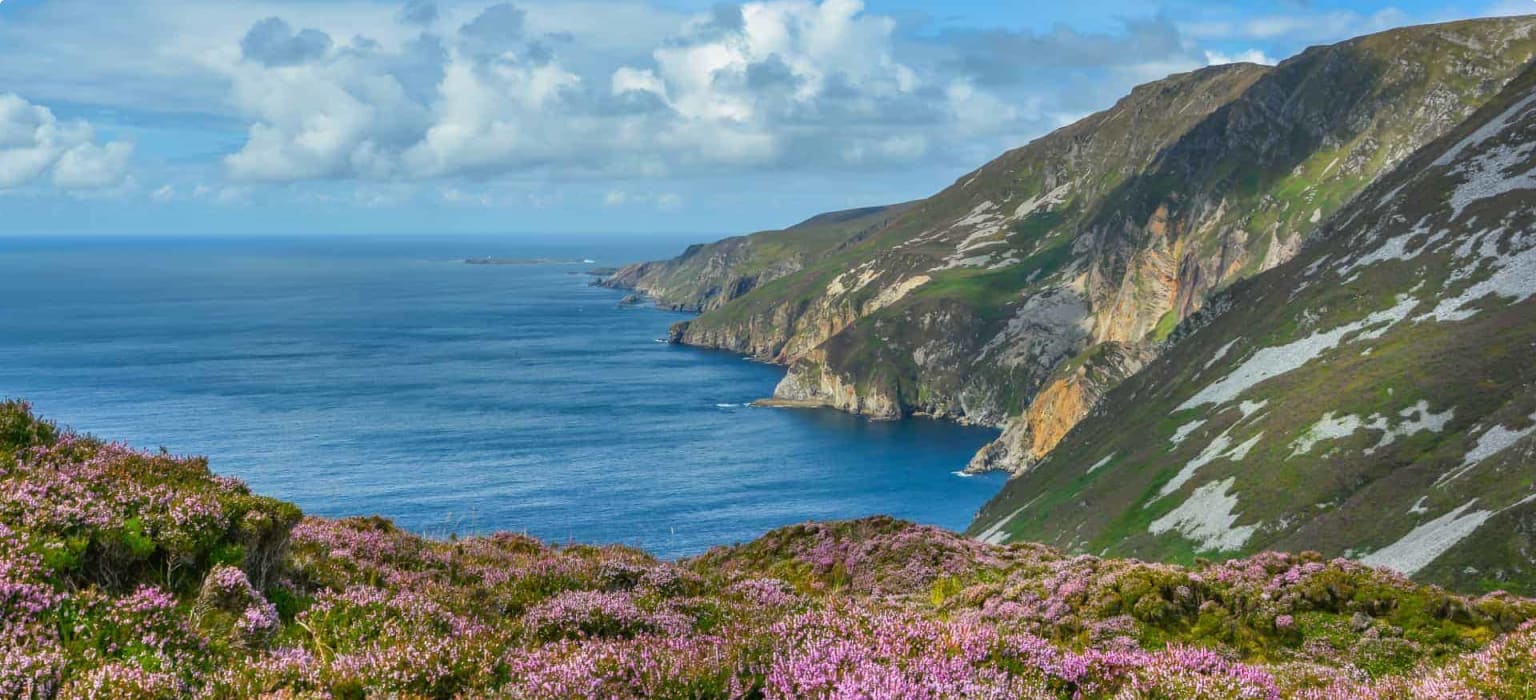
War of Religions
Five years later, the 16th-century theologian Martin Luther died. His words, printed and distributed widely, had catalysed the Reformation, which became the basis for the founding of Protestantism. The war of religions between Protestants and Catholics tore through much of Europe in the 16th and 17th centuries. In France, thousands of Protestants were murdered by Catholics in what became known as the St. Bartholomew’s Day massacre of 1572.
In 1648, the Peace of Westphalia sought to end the religious war. It also provided the foundation of the concept of modern state sovereignty, with its principle “cuius regio, eius religio” (whose realm, his religion). This meant the people would follow the religion of whoever ruled the nation. In one fell swoop, almost all of northern Europe became Protestant–save for Ireland.
There are many reasons noted as to why Ireland remained stubbornly Catholic. One crucial reason was the growing tension between the Catholic Irish elite and the Protestant English monarchy. The Irish were being forced out of their lands in favour of the English, and they responded with rebellions during the reign of Elizabeth I. The rebellions were fought by the Irish lords to regain control of their lands and as a Roman Catholic crusade against the English queen.
The English crown instituted anti-Catholic penal laws in the early 17th century. These laws excluded Catholics from receiving education or from holding public office, and banned mixed marriages or Catholic inheritance of Protestant land. The Irish Catholic clergy and nobles, notably from the northern province of Ulster, left Ireland for Catholic countries in continental Europe, and their lands were taken over or sold to Protestant British people, ensuring that these regions were loyal to the crown.
By 1703, land owned by Catholics in Ireland were reduced to less than 15 percent.
The Great Irish Famine
In 1801, the Act of Union united Ireland to Great Britain (composed of England, Wales, and Scotland–read our previous article on the History of Wales).
The Act abolished the parliament in Dublin and moved it to the empire’s capital in Westminster, England, and the Church of Ireland was officially united with the Church of England.
The penal laws, still enforced at this time, relegated many Irish Catholics to work on farms they did not and could not own. The potato, introduced by the landed gentry, became the staple food of tenant farmers and the poor population. The farmers were living at subsistence level, barely producing enough crops for their own consumption and for their landowners, and the hardy potato was a dependable produce.
In 1845, Ireland’s potato crops began to rot in the fields, hit by blight caused by the water mould Phytophthora infestans. The crops failed in successive years and would not fully recover until 1852, leading to the Great Irish Famine, the worst famine to occur in Europe in the 19th century.
During this time, the British government did not put a stop to the export of Irish grain such as peas and beans to Great Britain, and even imported Indian corn or maize from the United States. Why then, while surrounded by this much food, did more than a million Irish men, women, and children still perish from starvation?
One reason was the British government’s laissez-faire approach–the crown believed there must be as little government interference with the economy as possible. This meant the export of grains to the rest of the kingdom must not be stopped, and spending public funds to feed a large population was unacceptable. (The British government did put up a soup kitchen, but only for six months.)
It also did not help that many British intellectuals believed the famine was caused by the Irish’s “moral defect”. As Jim Donnelly on the BBC says: “This amounted to a kind of racial or cultural stereotyping. The Irish had to be taught to stand on their own feet and to unlearn their dependence on government.”
Providing for the starving farmers was left in the hands of the landowners–again, a decision influenced by the laissez-faire, hands-off approach–but since the farmers could not pay their rent, the landowners ran out of funds to support them and ended up evicting the peasantry.
Those evicted were not given famine relief, and were instead sent to workhouses or employed on public works. The jobs did not pay enough for the workers to afford the price of food, which had skyrocketed due to the low supply and the price of importation.
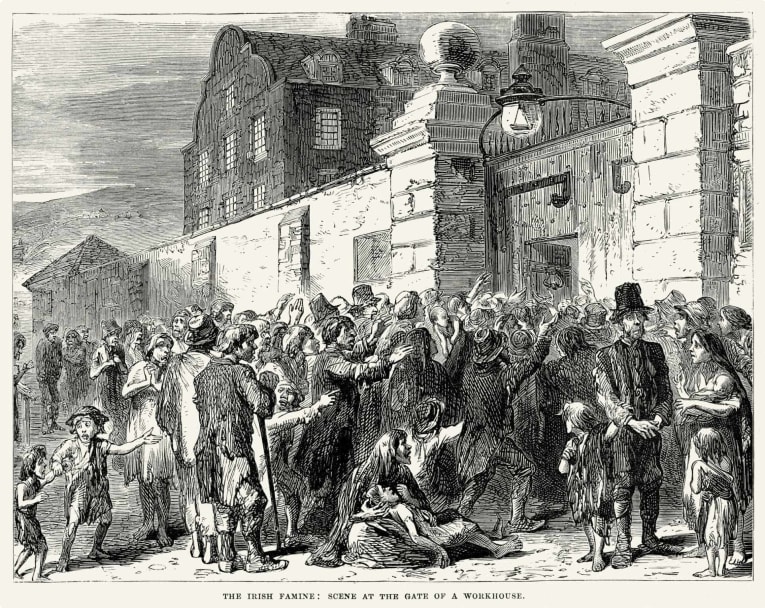
The Great Famine drastically cut the Irish population, with many emigrating to other countries to escape poverty and hunger. By the early 1900s, Ireland’s population was half of what it had been before the famine.
It also deepened the Irish’s resentment of the British government, whose grudging and ultimately ineffective measures did not alleviate the nation’s suffering.
Irish War of Independence
The anti-Catholic penal laws and the results of the Great Famine would affect Ireland’s politics in the years to come. Many members of the Irish diaspora in Britain and the United States began the Fenian movement, named after a legendary group of Irish warriors (Fianna Eireann), to call for Ireland’s independence from Britain.
Ireland was soon split on the issue of home rule: Ireland should be a sovereign state, or it should remain with the United Kingdom of Great Britain and Ireland with limited autonomy. The first proposition was advocated by the political party Sinn Féin (“We Ourselves”) and the radical Fenian organisation, the Irish Republican Brotherhood (IRB). The latter was supported by the Ulster Unionists.
War broke out in 1919 between the Irish Republican Army (whose leader was also president of the IRB) and the British forces supported by Ulster forces. In 1920, the Government of Ireland Act divided Ireland into two home-rule parliaments: the six counties in Ulster (Northern Ireland), and the 26 counties of the rest of Ireland (Southern Ireland).
The partition had a religious aspect: Ulster originally had nine counties but the unionists wanted a Protestant majority, so the majority-Catholic counties of Donegal, Cavan, and Monaghan were carved away from Ulster and lumped together with the rest of the nation.
The Act was rejected by the nationalists as it fell short of providing them full independence, and the guerrilla war continued.
In 1921, the Anglo-Irish Treaty was signed, and this formed what would become the sovereign Republic of Ireland, while Northern Ireland remained in the United Kingdom. The IRA split in two over the treaty–with one side supporting it and the other side still calling for complete Irish unity.
A civil war continued until 1923. The bloody war, which pitted former comrades of the IRA who just the year prior had fought side by side in the Irish War of Independence, ended with the defeat of the anti-treaty group.
“The Troubles”
The partition, in terms of sectarian lines, was not perfect. There were minority populations on both sides–Catholics in the north and Protestants in the south–that continued to face discrimination.
This uneven partition, among other complex factors, resulted in the explosion of violence in Northern Ireland in the late 1960s. “The Troubles” was a three-decade conflict between nationalists and unionists that led to bombings and street riots. It gave Belfast, the capital of Northern Ireland, the reputation as a dangerous city in the 1970s and 80s.
The conflict ended with the Good Friday Agreement of 1998, and Ireland, on both sides of the border, kept the peace and encouraged tourism on the island.
The Republic of Ireland is a member of the European Union, while Northern Ireland, as part of the United Kingdom, has voted to leave it. Only time will tell if “Brexit” will make this largely invisible border into a “hard border” once again.
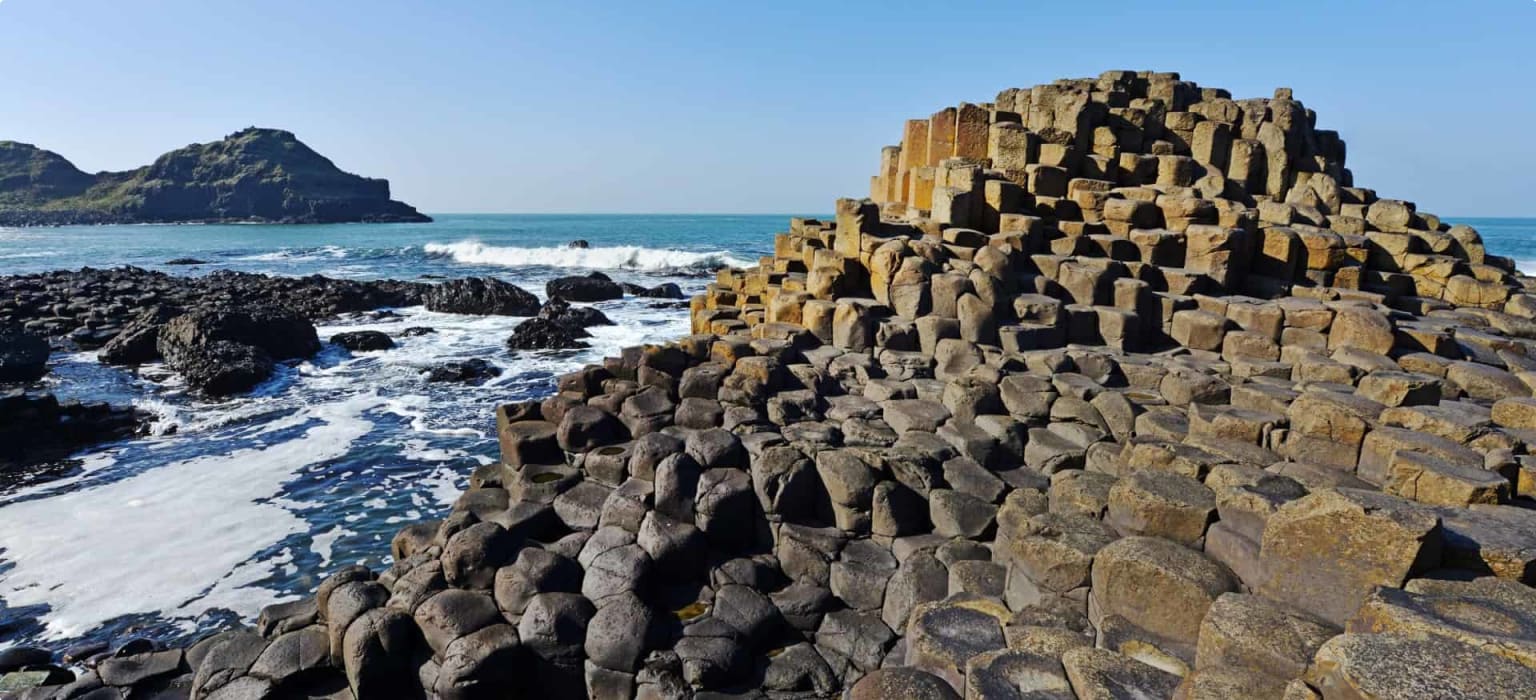
If you want to learn more about Ireland’s history, we recommend J.P. Mallory’s The Origins of the Irish, and the many resources linked throughout this post.
Our article “Ireland’s Gems” may also be of interest.
You may also join us on one of our tours to Ireland, organised by Odyssey Traveller and especially designed for the mature-aged traveller.
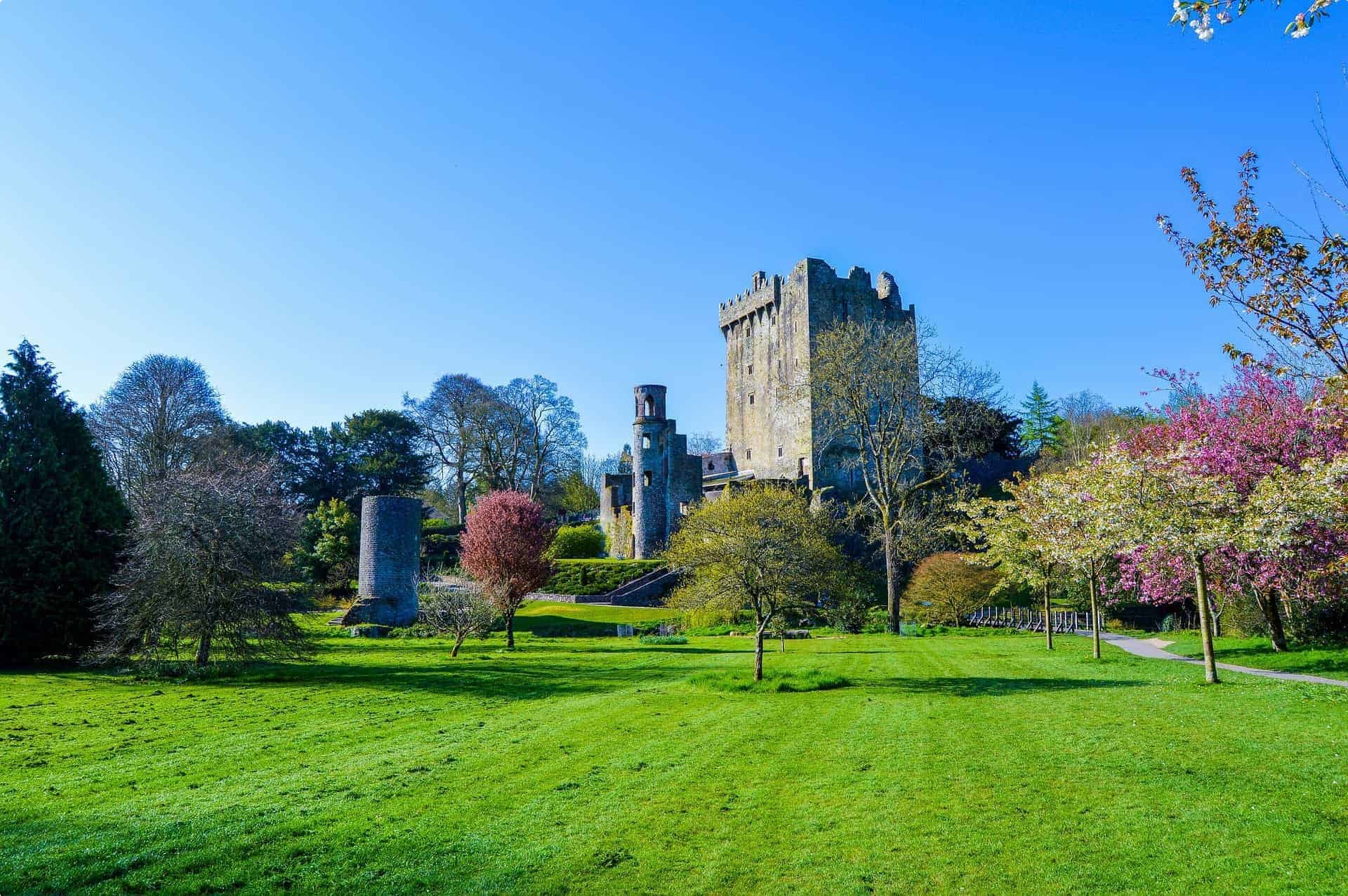
Our Treasures of Ireland tour explores the country’s history and culture. Highlights of our tour of Ireland include a stop in Belfast to learn the history of the area, including a visit to the famous political murals. We also visit the Harland and Wolff shipyard, Belfast’s chief shipbuilding firm which built the ill-fated Titanic. During the tour, we also enjoy performances at the Abbey Theatre in Dublin and the National Folk Theatre (Siamsa Tire) in Tralee. We experience a walking tour of Powerscourt Manor in the Wicklow Mountains, taking in its glorious gardens and grounds.
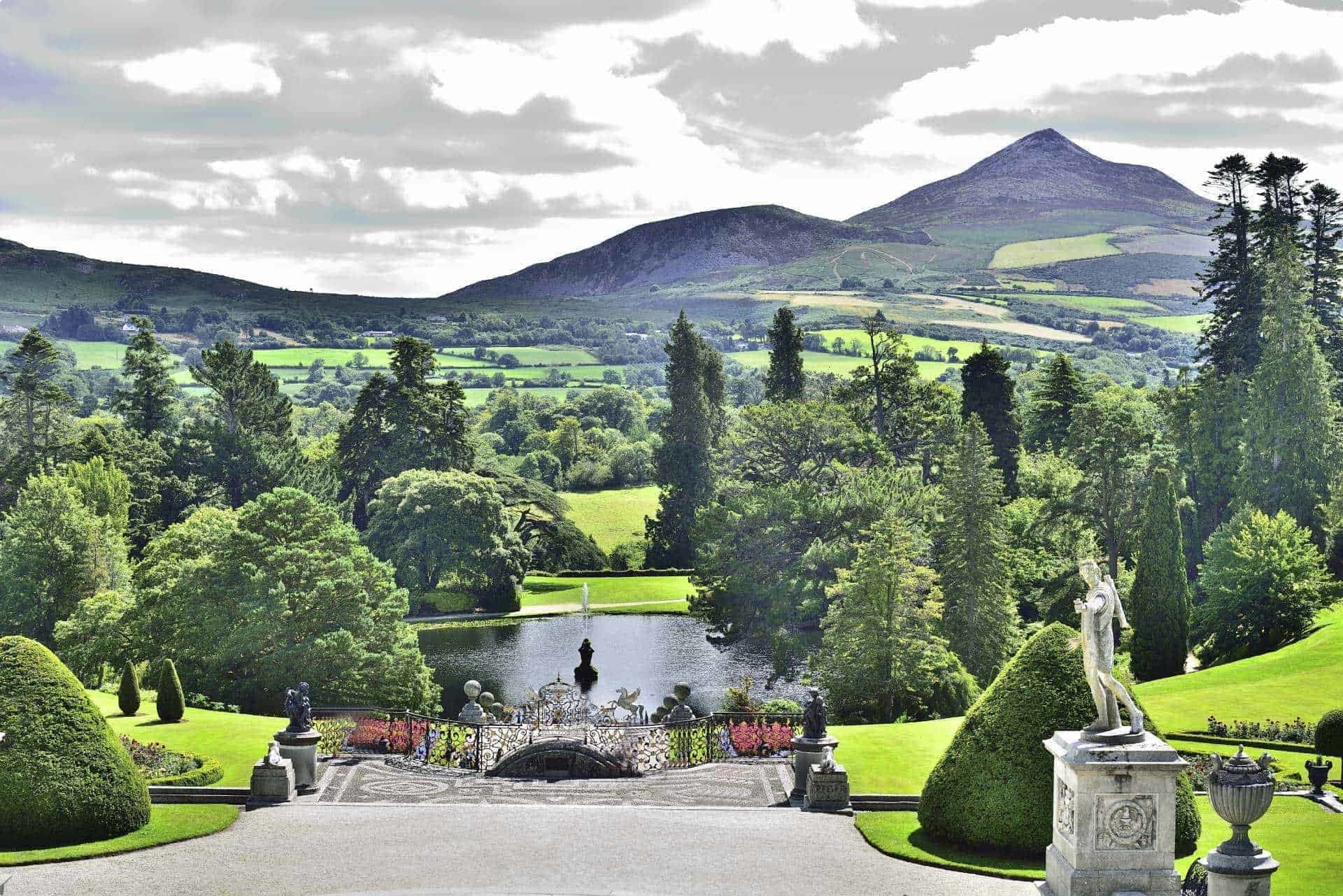
Related Tours
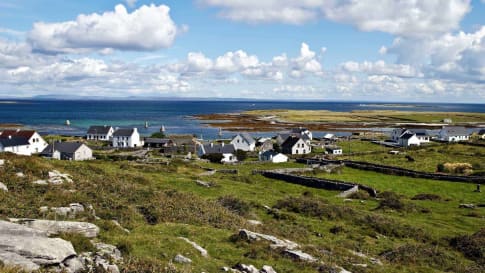
18 days
Aug, Apr, SepSmall Group tours exploring the Treasures of Ireland
Visiting Ireland
An escorted small group tour to Northern Ireland & Ireland, with local guides and itineraries that give authentic experiences Ireland's capital, Dublin, including 1/2 day tour of St Patricks cathedral and Trinity college. Destinations also Aran islands , Kerry plus the world heritage site, the giant's causeway. Ireland tours for singles over 50 and couples.
From A$12,615 AUD
View Tour10 days
MayGardens of Ireland Small Group Tour
Visiting Ireland, Northern Ireland
Ireland a land of diverse and rich gardens from the dramatic Powerscourt to the impressive kitchen Garden of Kylemore Abbey and the secretive Anne’s Grove. Visit Dublin's historic Botanic Garden to the greenness of Killarney with its rugged Kerry peninsula and charming Muckross House.
From A$9,445 AUD
View Tour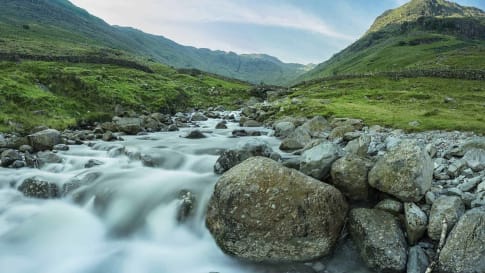
25 days
AugIreland and Lake District walking small group tour
Visiting England, Ireland
A guided small group tour for senior walkers that starts in the capital of Ireland, Dublin. This escorted tour with local guides also explores the Giant's causeway, a UNESCO World heritage site. It transfers from Ireland to Scotland to head to walk in the National park of the Lake district.
From A$14,850 AUD
View Tour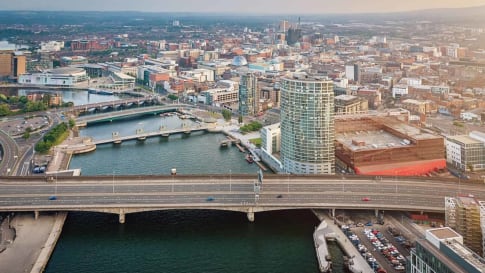
6 days
May, SepBelfast City Tour
Visiting Ireland, Northern Ireland
A small group tour of Northern Ireland's Belfast. Odyssey's tour leader and local guides have a collection of day tours with itineraries that provide authentic experiences in this city. For mature couples and solo travellers. A single supplement is charged for solo travellers.
From A$5,995 AUD
View Tour

